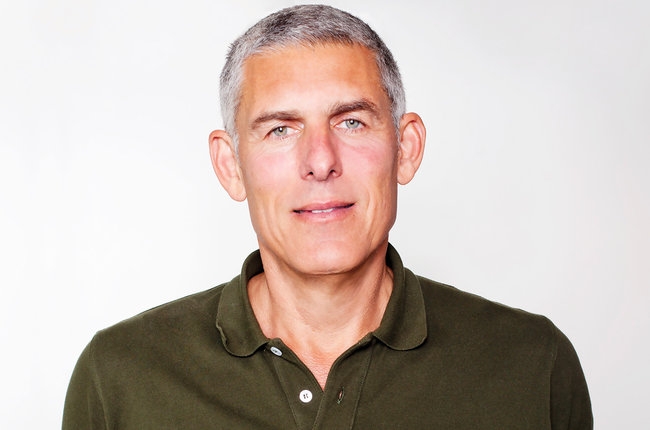YouTube's global head of music Lyor Cohen took to the company's blog today to pen a post regarding his experiences since joining the company last December from his prior role at 300 Entertainment, as well as to share his views on some of the music industry's biggest challenges. In the post, Cohen says he's "more optimistic than ever" that the company can bring tech and music together, but says "the truth is there’s still a disconnect between YouTube and the rest of the industry."
Cohen lays out five factors that he sees as the main reasons for that disconnect. (The five points are bulleted as: Late to the Party; Twin-Engine Growth; Let's Talk Dead Presidents; Fortune AND Fame; and Without Safe Harbor, We'd All Be Lost At Sea.) Overall, he argues that due to the rapid rise in revenue growth from subscription streaming services, the industry is largely turning up its nose at the opportunities available via ad-supported services -- the "two-engine growth" -- and stresses the need for increased transparency across all platforms in order for artists, labels and fans to benefit.
"Some think ads are the death of the music industry. Ads are not death. Death is death. Irrelevance is death. Fans not being exposed to new music is death," Cohen writes. "My time at YouTube has me convinced that advertising is another powerful source of growth for the industry. YouTube’s ads hustle has already brought over a billion dollars in 12 months to the industry and it’s growing rapidly. Combined with YouTube’s growing subscription service, they’ve now got two engines taking the industry to a more lucrative place than it’s ever been before."
But he also warns that the industry could be repeating the mistakes it made over the past several years, when it shunned digital innovation in order to protect what it already had, resulting in nearly 20 years of declining revenues.
"That all depends on whether or not the industry chokes off these new sources of growth," he continues. "I’m old enough to remember what the industry was saying about iTunes and Spotify before they started contributing billions to its bottom line. The growth that the industry is seeing today proves that ads and subscription thrive side by side."
YouTube has been under fire of late, with music industry executives and trade organizations criticizing the platform for its payments to creators, unlicensed copyrighted content and its overall value to the music industry, referred to as the "value gap." The video streaming service has countered by saying that it paid out $1 billion to the music industry in advertising revenue in 2016, and that its ContentID system is 99.5 percent effective in identifying and removing copyrighted material.
"It is important that labels, publishers and YouTube come together to make transparency a reality, as I strongly believe it will help everyone in the industry move the business forward," he says. "It’s not enough for YouTube to say that it’s paid over $1 billion to the industry from ads. We (the labels, publishers and YouTube) must shine a light on artist royalties, show them how much they make from ads compared to subscriptions by geography and see how high their revenue is in the U.S. and compared to other services."
In the post Cohen also mentions YouTube's previously-reported plans to combine its two subscription services, Google Play Music and YouTube Red, into a single service, saying "the team is serious about subscriptions." And he says that YouTube is paying more than $3 per 1,000 streams in the United States, more than other ad-supported services, but that the number gets underreported because YouTube's platform is global and payouts are "diluted by lower contributions in developing markets.
As for the DMCA safe harbor provisions, Cohen says the industry's focus on it has become "an obsession."
"Before Content ID, when a fan shared a song with a friend through a mix tape, it was called piracy," he says. "Now it's generated over $2 billion for content owners and goes far beyond what the safe harbor provision requires."
Read the full blog post right here.








